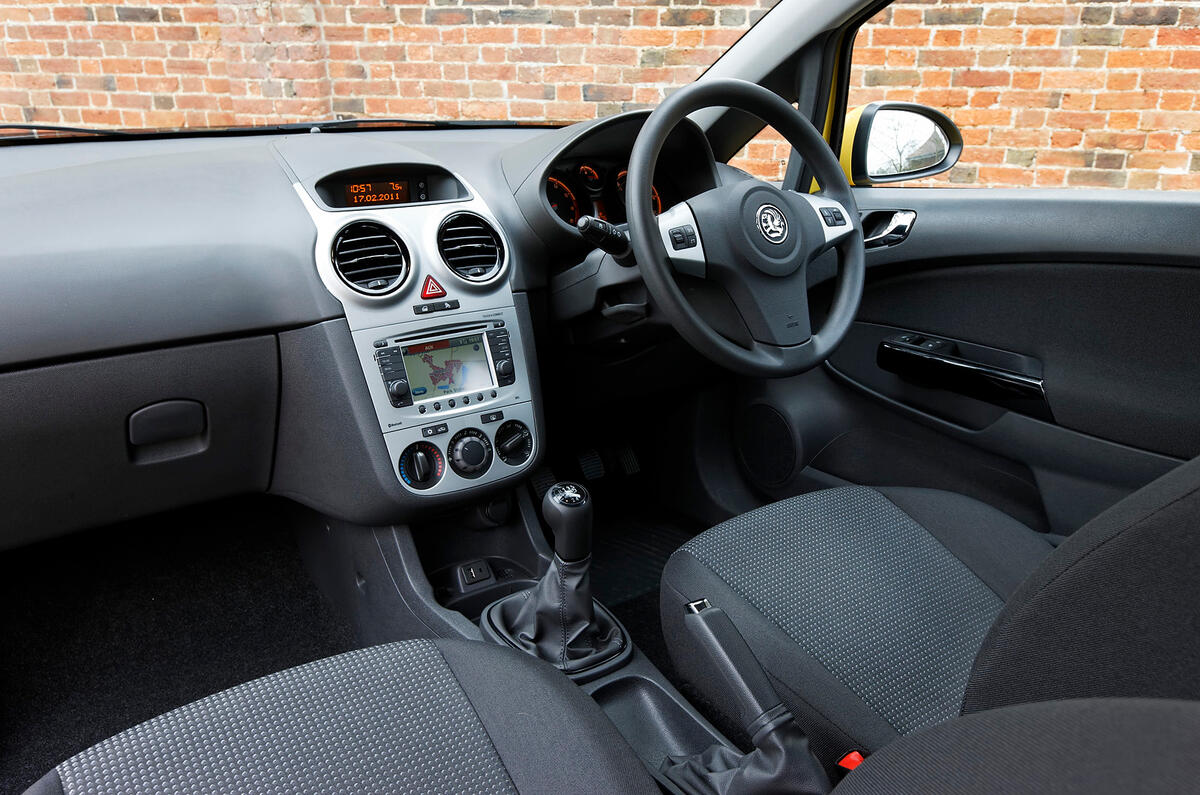

The design was freshened in September 1990, with new bumpers, headlights, grille, and interior, but it was clearly recognisable as a gentle makeover of an early 1980s design when it had to compete with the latest two all-new superminis in Europe – the Peugeot 106 and the Renault Clio. In January 1988, a turbocharged version of the Isuzu diesel engine was introduced, with power increased to 67 PS (49 kW). A model with the 82 PS (60 kW) 1.4 L multi-point fuel-injected engine, which was otherwise mechanically identical to the GSi, also became available as the Nova SRi in the United Kingdom. The GSi's engine mapping had been carried out by Opel tuning specialists Irmscher. These are by far the rarest models (500 produced) and thus acquire a high market price if one does become available.Ī 1.6 L multi point fuel-injected engine with 101 PS (74 kW) at 5600 rpm (98 PS or 72 kW in the catalysed version) and capable of 186 km/h (116 mph) was added to the Corsa/Nova at the 1987 Frankfurt Motor Show, giving decent performance and being badged as a GSi ("Nova GTE" in pre-facelift models in the United Kingdom, later models were all called GSi). This gave 93 hp and a top speed of 112 mph (180 km/h) with a 0–60 mph time of 8.9 seconds. These Sport models were white and came with unique vinyl decals, a 13SB engine with twin Weber 40 DCOE carburettors, an optional bespoke camshaft, a replacement rear silencer, and few luxuries. Power remained the same, although torque increased.Ī rare "Sport" model was produced in 1985 to homologate for the sub 1,300 cc class of Group A for the British Rally Championship. For the 1989 model year, the 1.3 was bored out to 1.4 liters. In September 1987 the Corsa received a light facelift, with a new grille that was now the same on hatchbacks and sedans, an updated interior, and other slight changes. The engines and most of the mechanical componentry were derived from those used in the Astra/Kadett. The diesel, along with the sporty GSi, joined the line up at the Frankfurt Motor Show in May 1987. There was also an Isuzu-built, 67 PS (49 kW) 1.5 L turbo diesel engine available, which was also used in the Isuzu Gemini at around the same time. (The first engines were all equipped with carburetors fuel injection came later, but never for the 1.0.) The engines were based on the well proven Family I design, except for the 1.0 L and early 1.2 L engines, which were based on the OHV unit from the Kadett C. Power first came from 1.0 L 45 hp, 1.2 L 55 hp, and 1.3 L 70 hp petrol engines. In addition, there was also a dispute about the disparity of import tariffs, as while cars exported from Spain to the European Community were subject to tariffs of only 4.4 per cent, those exported in the other direction were subject to tariffs as high as 36.7 per cent. The Corsa A was known in the United Kingdom market as the Vauxhall Nova (as it was considered that Corsa sounded too much like " coarser"), where it was launched in April 1983, following a seven-month-long union dispute due to British workers being angry about the car not being built there, in contrast to the rival Ford Fiesta, Austin Metro and Talbot Samba. The models were called LS, GL, GLS, and GT. Six years later, the Corsa received a facelift, which included a new front fascia and some other minor changes. The SR receives a spoiler which surrounds the rear window, alloy wheels, checkered sport seats, and a somewhat more powerful 70 PS (51 kW) engine. The basic trim level was called just the Corsa, which was followed by the Corsa Luxus, Corsa Berlina, and the sporty Corsa SR. While only taking ten percent of French Corsa sales during the car's first half-year, the TR represented half of all Corsas sold in Spain. The saloons were intended to appeal to customers of the Opel Kadett C and its sister the Vauxhall Chevette who still desired a traditional 3-box sedan shape - but it did not sell particularly well in most of Europe but were popular in Spain and Portugal, among other markets. In mainland Europe, the saloon versions were known as the "Corsa TR" until May 1985 and received an egg-crate grille rather than the four slits used on hatchbacks.
OPEL CORSA WIKI WINDOWS
In certain markets, commercial "van" models were also sold, with or without rear windows depending on local requirements. Built-in Zaragoza, Spain, the first Corsas were three-door hatchback and two-door saloon models, with four-door and five-door versions arriving in 1984. It went on sale first in France, Italy, and Spain - markets where small cars represented from 34 to 43 percent of sales. The front-wheel drive Opel Corsa was first launched in September 1982.


 0 kommentar(er)
0 kommentar(er)
